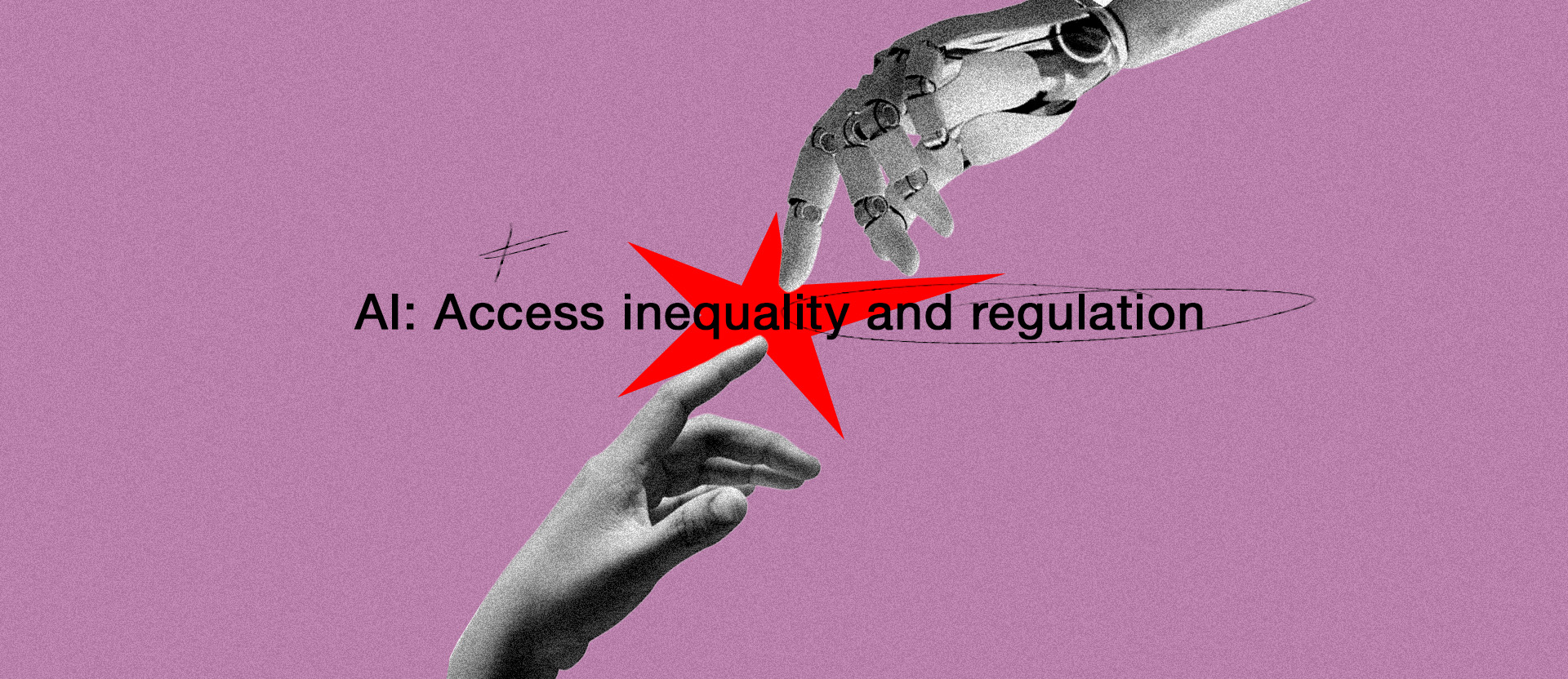AI: Access inequality and regulation

Artificial Intelligence (AI) has been transforming entire sectors of the economy and society, yet its global governance remains fragmented, and access to exponential technologies is deeply unequal. In the “Global Futures Bulletin – Governance gaps: Assessing global disparities in AI policy initiatives around the world”, we show that although regulatory initiatives are growing in the Global South, most formally established policies remain concentrated in high-income countries. This imbalance can exacerbate existing inequalities while limiting the ability of developing countries to influence rules that directly affect their populations.
Igarapé has been monitoring this agenda for years, advocating that AI regulation cannot be designed solely from Northern perspectives. It is essential that policies take into account the institutional, economic, and social realities of Global South countries, so that technology serves collective well-being rather than deepening vulnerabilities.
In this effort, we partnered with New America to assemble a group of 15 thinkers, practitioners, and human rights advocates in the Global Task Force on Predictive Analytics for Security and Development. Through their “Technical Notes” and the guide “Responsible and Safe AI: A Primer for Policymakers in the Global South”, the task force provides practical guidance on risks, ethical principles, and adaptive regulation.
Another milestone was the bulletin “Responsible Artificial Intelligence Efforts in the Global South”, which highlights emerging best practices and solutions from the region. These efforts have consolidated Igarapé’s role as a reference in digital security and responsible governance of emerging technologies.
We work to ensure that AI and exponential technologies are aligned with people’s safety and well-being. This means promoting inclusive regulatory frameworks, fostering local capacity development, and contributing to making technological advances a tool to reduce — rather than reproduce — global inequalities.
